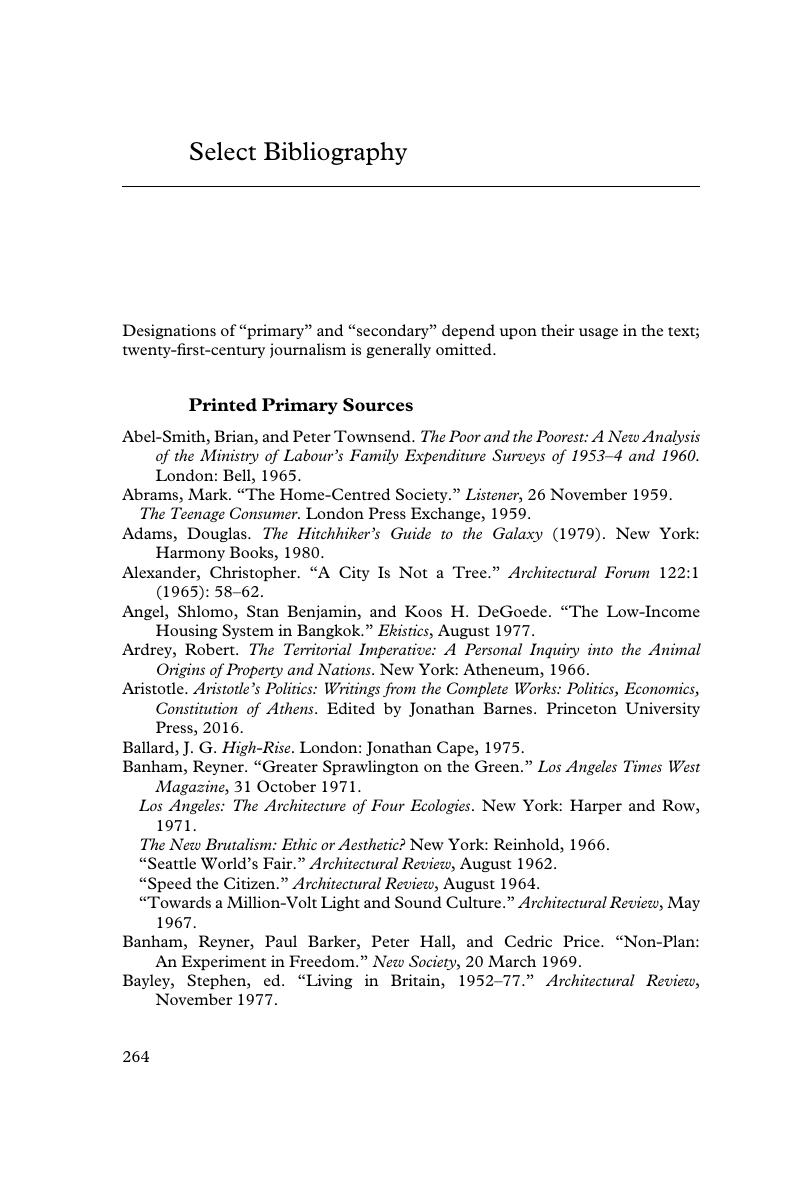Select Bibliography
Published online by Cambridge University Press: 08 June 2019
Summary

- Type
- Chapter
- Information
- Thatcher's ProgressFrom Social Democracy to Market Liberalism through an English New Town, pp. 264 - 293Publisher: Cambridge University PressPrint publication year: 2019

